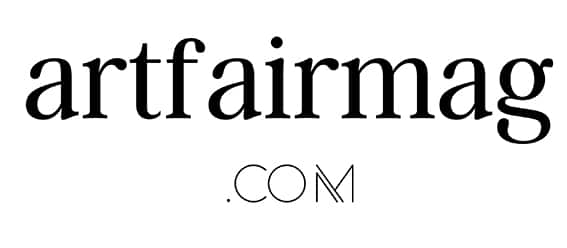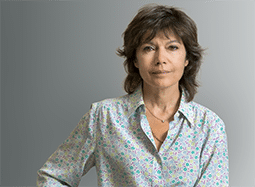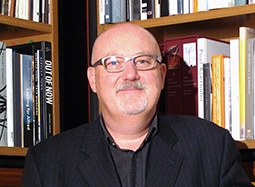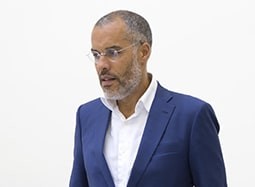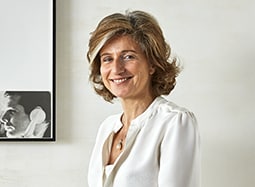Annely Juda Fine Art
Annely Juda Fine Art was opened in June 1968 by Annely Juda (1914-2006) and her son David. It was the third gallery established by Annely, following the Molton Gallery from 1960 to 1963 and the Hamilton Galleries from 1963 to 1967. It quickly became known for its cutting-edge selection of artworks from Russian Constructivism, the Bauhaus and de Stijls movements, with leading artists such as Kasimir Malevich, Vassily Kandinsky, Piet Mondrian or Alexandre Rodchenko. But the gallery has also always been keen to support contemporary creativity by promoting young emerging talents, like Sarah Oppenheimer and David Hockney.
Annely Juda Fine Art
Annely Juda Fine Art was opened in June 1968 by Annely Juda (1914-2006) and her son David. It was the third gallery established by Annely, following the Molton Gallery from 1960 to 1963 and the Hamilton Galleries from 1963 to 1967. It quickly became known for its cutting-edge selection of artworks from Russian Constructivism, the Bauhaus and de Stijls movements, with leading artists such as Kasimir Malevich, Vassily Kandinsky, Piet Mondrian or Alexandre Rodchenko. But the gallery has also always been keen to support contemporary creativity by promoting young emerging talents, like Sarah Oppenheimer and David Hockney.
Modern & contemporary art
23 Dering Street
London W1S 1AW
United Kingdom
+ 44 (0) 207 629 7578
ajfa@annelyjudafineart.co.uk
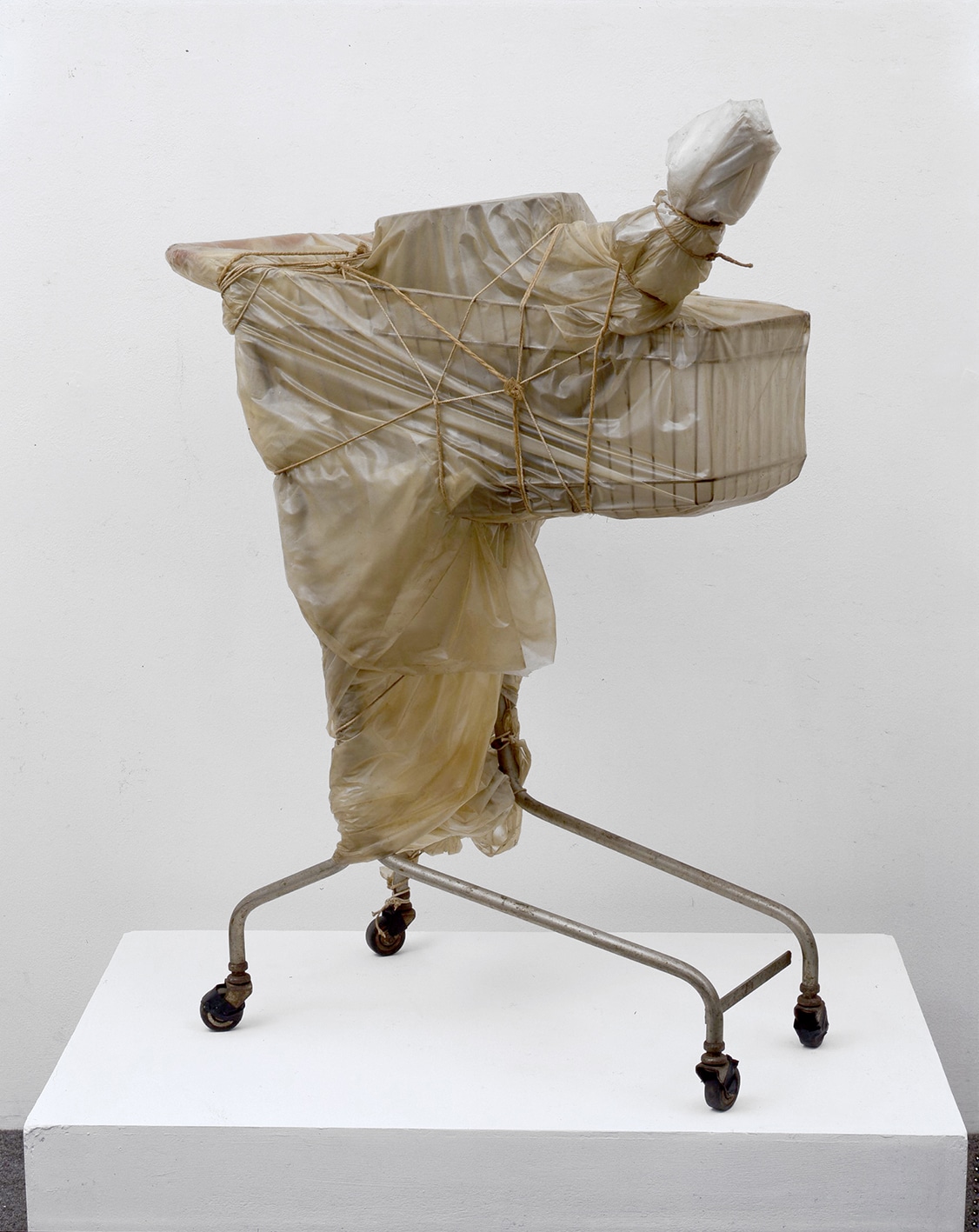
'Packed Supermarket Cart', 1963
Christo (1935-2020)
Sculpture, mixed media
105.0 x 78.0 x 42.0 (cm)
41.3 x 30.7 x 16.5 (inch)
All our Interviews

Read all our exclusive interviews with antique, modern, contemporary & primitive art dealers.

Interview with David Juda ~ Director
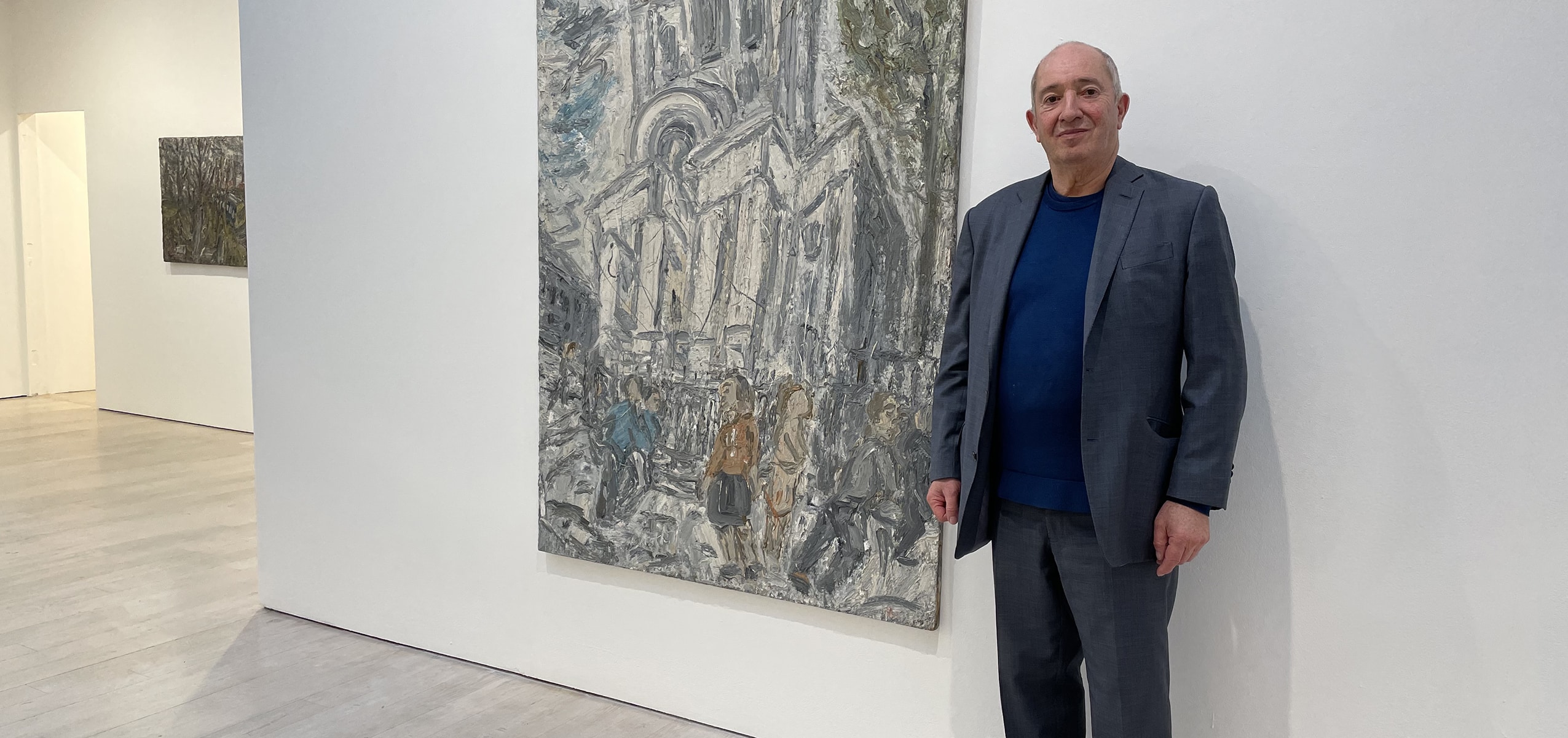
David Juda in front of Leon Kossoff’s ‘Christ Church, Spitalfields, Early Summer 1992’
Interview by Pauline Loeb-Obrenan, founder of artfairmag.
David Juda, co-founder and director of Annely Juda Fine Art, has been working with artists for over half a century. Over the years, he has developed a relationship of trust with great names in the contemporary art world, such as Christo, David Hockney, Anthony Caro and Léon Kossof. We talked with him about his background, the profession of art dealer, art fairs, and more.
artfairmag: David Juda, you have been an art dealer for more than 50 years, since 1968, when you founded the gallery called Annely Juda Fine Art with your mother. Did you always know that you would work with and for artists?
David Juda: No I never thought that I would follow my mother and work in the gallery with her artists although even when I was at school, I helped in the gallery doing odd jobs such as mailing and serving wine at the opening. I worked briefly for the Documenta III in 1964 and again just before I started in the gallery in 1968. In between, I went into the merchant navy for nearly 4 years to try to think what I wanted to do.
artfairmag: The gallery has always been very eclectic. In addition to presenting a mix of Russian Constructivists, de Stijl or Bauhaus, it also gives pride of place to contemporary artists, both established and emerging. What would you say is the DNA of Annely Juda Fine Art?
D. J.: Although our gallery is well-known for Russian Constructivism, De Stijl and Bauhaus, we have always been most involved in our contemporary artists. If one could have a DNA of Annely Juda Fine Art, I think it would be to show what we believe in, regardless of which category the art is from.
artfairmag: You have represented David Hockney for decades. Considering that he holds the record as the most expensive living artist in the world, I suppose he has been courted by many mega-galleries. How do you explain this incredible loyalty?
D. J.: I have known David Hockney since the late 1960’s and he drew me first in 1972. He joined our gallery after the Kasmin gallery in London closed. I am sure that David has been courted by many mega galleries and this same question was asked by a New York Times correspondent to which David answered the following: “David Juda is the least slick dealer that I know, with a modest house. He puts all his love into the gallery and always pays me promptly. Why should I leave?”. I felt extremely humbled by this answer and it explains, I believe, a mutual friendship and respect.
“If one could have a DNA of Annely Juda Fine Art, I think it would be to show what we believe in, regardless of which category the art is from.”
artfairmag: Unlike many of your peers, you have only one large space in London, the same address since 1990. What are the advantages for a prominent gallery like yours to have everything in one place? Is it compatible with the globalisation of the art market?
D. J. : Over the years we’ve had quite a few offers to open a gallery elsewhere, such as in New York, but always felt that it would dilute what we believed in and have always enjoyed the gallery being in one location. I do believe that, in today’s world, you can reach people globally from one place.
artfairmag: You have been participating in Art Basel since 1970, which is more than 40 years. Can you tell us about its evolution, from the perspective of an art dealer?
D. J.: Having been at Art Basel every year since 1970, it has of course changed an awful lot. At the first fair, you were hanging art floor-to-ceiling and even would have pictures standing around leaning against the walls. It was all much more amateurish but it worked. Now, the booths are all beautifully designed and I have often said that in the early years you had great art poorly hung and now sometimes you have poor art well hung. But things do change and some things for the better. Fortunately, the sausage stand has stayed the same, however, not its prices.
artfairmag: How have you experienced the growing influence of art fairs over the past two decades? Do you think that the long hiatus due to Covid-19 will change the predominant place of the fairs in the galleries’ business model?
D. J.: Obviously art fairs have taken on a much stronger influence and I think some galleries rely more on the fairs. I believe Covid-19 has made a lot of galleries think again and reflect on what a gallery’s focus should be, and I think in the next few years, things will change a bit. Some galleries will stop art fairs, some will do more but there will be a stronger focus on an actual gallery, its location and program.
artfairmag: Last but not least, could you present us an artwork you love, telling why it is special to you?
D. J.: One of the first artists I got involved with over 50 years ago was Christo and we had over 12 exhibitions of Christo in our gallery. I therefore have chosen ‘Packed Supermarket Cart’ by Christo from 1963.
More Interviews
Nathalie Obadia
With two major spaces in the heart of Paris and another in Brussels, Nathalie Obadia is committed to promote young talent alongside established artists.
Sean Kelly
Sean Kelly Gallery represents well established, mid-career and talented emerging artists, who challenge the traditional boundaries of art practice.
kamel mennour
kamel mennour is a one leading contemporary art gallery showcasing blue-chip artists as well as emerging talents. It has four spaces in Paris and one in London.
Lévy Gorvy
Co-founded in 2017 by art dealers Dominique Lévy and Brett Gorvy, Lévy-Gorvy has become on of the most highly regarded contemporary art galleries.
